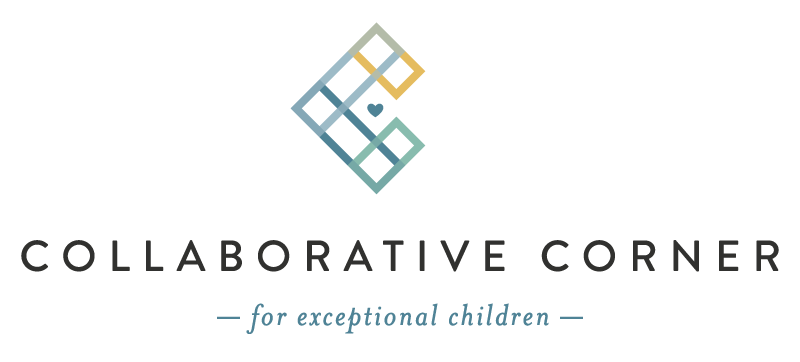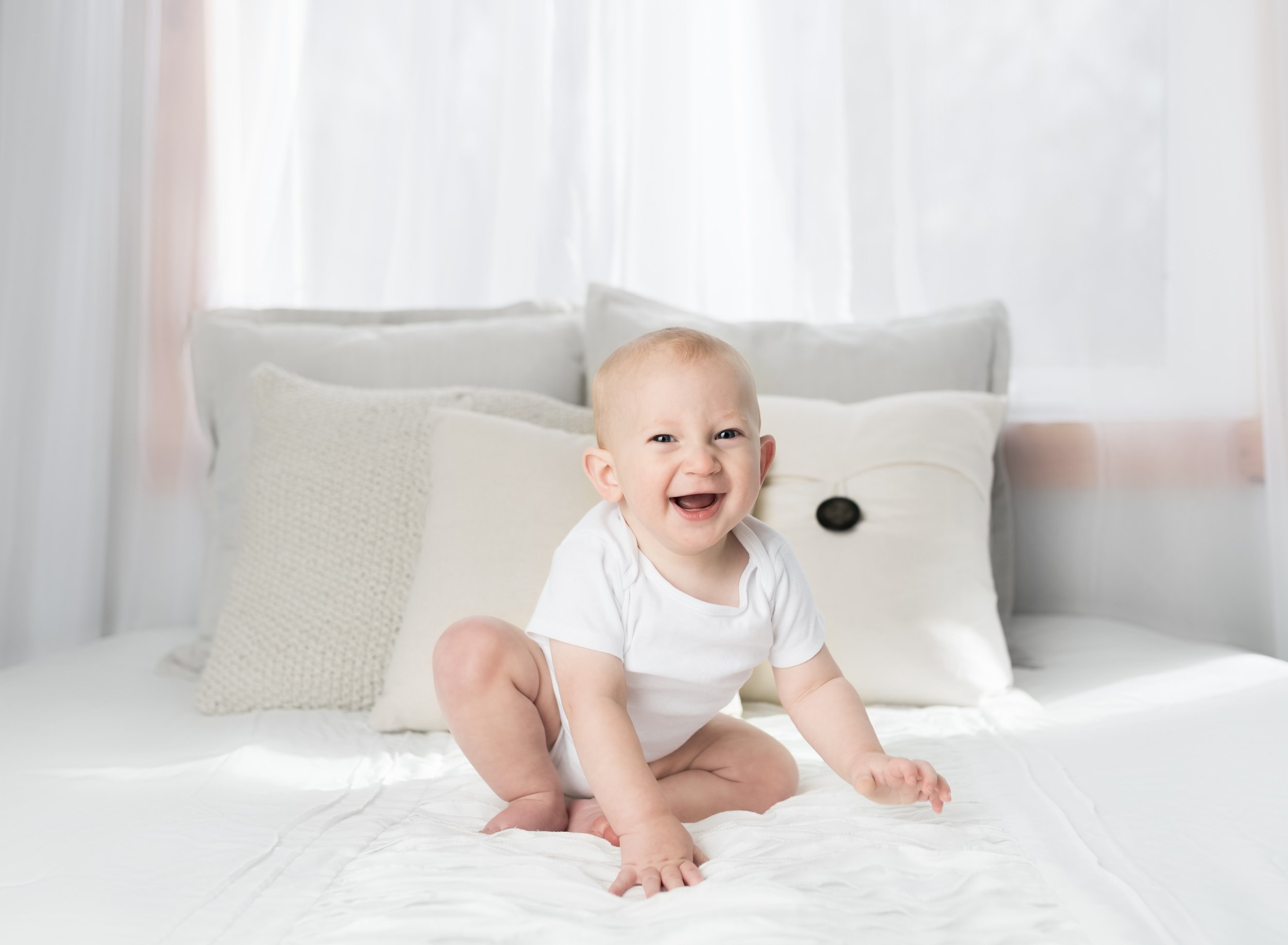Benefits of Crawling
There are many benefits of crawling. Not only does it provide a means of mobility for your little one, but it also sets them up for other essential skills down the road.
Crawling strengthens the shoulders, which is important to perform fine motor skills later. Weight bearing on the arms gives stability to the shoulder girdle. You need shoulder stability to be able to control fine motor movements such as dressing, feeding and writing.
Weight bearing on your hands helps develop the normal arches of your hand as well. These arches allow us to develop the ability to grasp objects of various sizes. As we bare weight on our hands we also lengthen the muscles and tendons of our hands. This is important so that we can actively release an object.
Crawling strengthens the hips and core muscles which is important for good posture. Weight bearing on the legs gives stability to the hip girdle. You need hip stability to be able to stand as well as shift your weight to one leg to walk forward. To maintain quadruped (hands and knee position) you must be able to activate your tummy muscles and back muscles at the same time. This ability also allows you to stand up with good posture later.
Crawling strengthens the muscles of the rib cage which helps breathing. Good breathing is important not only for bringing oxygen to your body but also for eating and talking.
As babies learn to crawl they have to be able to transition from laying down to hands and knees to start crawling. They also have to be able to shift their weight from quadruped position to sitting. All of these transitions take practice and involve “motor planning” to complete the task successfully.
Crawling strengthens “bilateral coordination” which is simply when opposite sides of the body work together. This skill involves both the left and right sides of the brain communicating. This communication is important for such skills as clapping your hands, riding a bike, reading and writing. Studies have correlated bilateral coordination with math skills!
Lastly crawling improves visual perception skills. As baby crawls they look up to see where they are going and also down to maneuver around obstacles.
They experience and sort out input from all sensory systems: tactile, vestibular, proprioception, visual and auditory. Processing all of this information successfully sets them up for more challenging tasks later.
Every child develops at a different rate. If your child is not crawling on their hands and knees by 12 months, we recommend talking to your physician and perhaps obtaining a referral to physical therapy to help facilitate this skill. There might be an underlying reason why they are not crawling that they can help you with. For example, some kids have difficulty shifting their weight to move their hand or leg forward.
If you have more questions feel free to contact me via email. You can also find additional information about specific developmental milestones here. This link here will also provide you with gross motor, fine motor, and sensory benefits of crawling in more detail.
Susan Robins, PT
Pediatric Physical Therapist
susan@collaborativecorner.org

